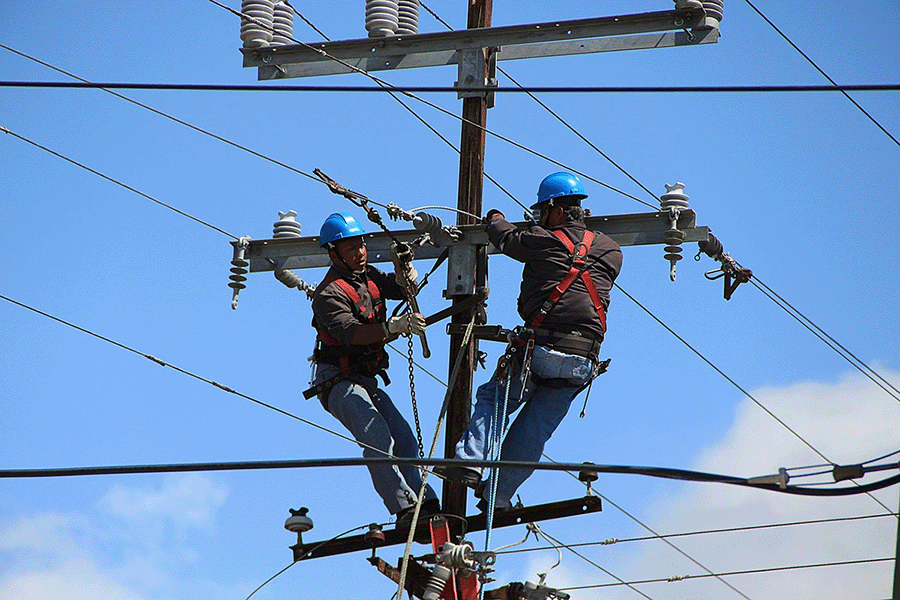At some point, both business and personal callers alike have been mightily impressed with the clarity of phone calls on well-engineered Voice over Internet Protocol (VoIP) systems. Many users even swear by the voice quality over the best that conventional public switched telephone networks (PSTNs) ever had to offer, which is no small feat. But if a system has not been judiciously engineered, VoIP calls can have a tendency to drop or suffer from poor quality.
Understanding the problem is the first step toward its solution. Many attest to the quality of a well-sourced VoIP call being at least as good if not better than analog. Some frustrated users blame the technology when they encounter atrocious quality on a VoIP call, but this is far from the case.
The Relationship Between Bandwidth and Call Quality
Before traditional telephone service providers adopted fiber optics, poor call quality was the result of electrical interference, wherein electrical fields dampened electronic signals over many miles of copper wire. Now, it’s all about bandwidth. More often than not, when there’s a problem with voice quality on a VoIP call, it’s a function of there being insufficient bandwidth to support the call on a given channel. Quite literally, if the band isn’t broad enough, voice quality suffers, and sometimes dramatically.
The Answer: Dedicated Resources
Why don’t callers experience the same frequency of problems on analog PSTN systems? It is partly because the technology has been in development over many decades. But more importantly, it is because unlike PSTN, VoIP is called upon to do much more than its predecessor, such as providing video conferencing in addition to voice communications. Thus, the solution to voice quality problems is the proper allocation of resources — in this case, bandwidth. In order to get that better-than-analog quality from VoIP, each call must have sufficient bandwidth to support the signal without becoming truncated. If the VoIP system is crammed with users trying to make calls, the system simply cannot handle them all, truncation occurs, and voice quality deteriorates.
The key to avoiding this is calculating bandwidth demands, and then ensuring that they are met. There are several reliable utilities and charts available online that aid businesses in doing this. A clear picture of what bandwidth demands are is imperative when seeking a VoIP service provider, and that knowledge will save time, frustration, and money.

















